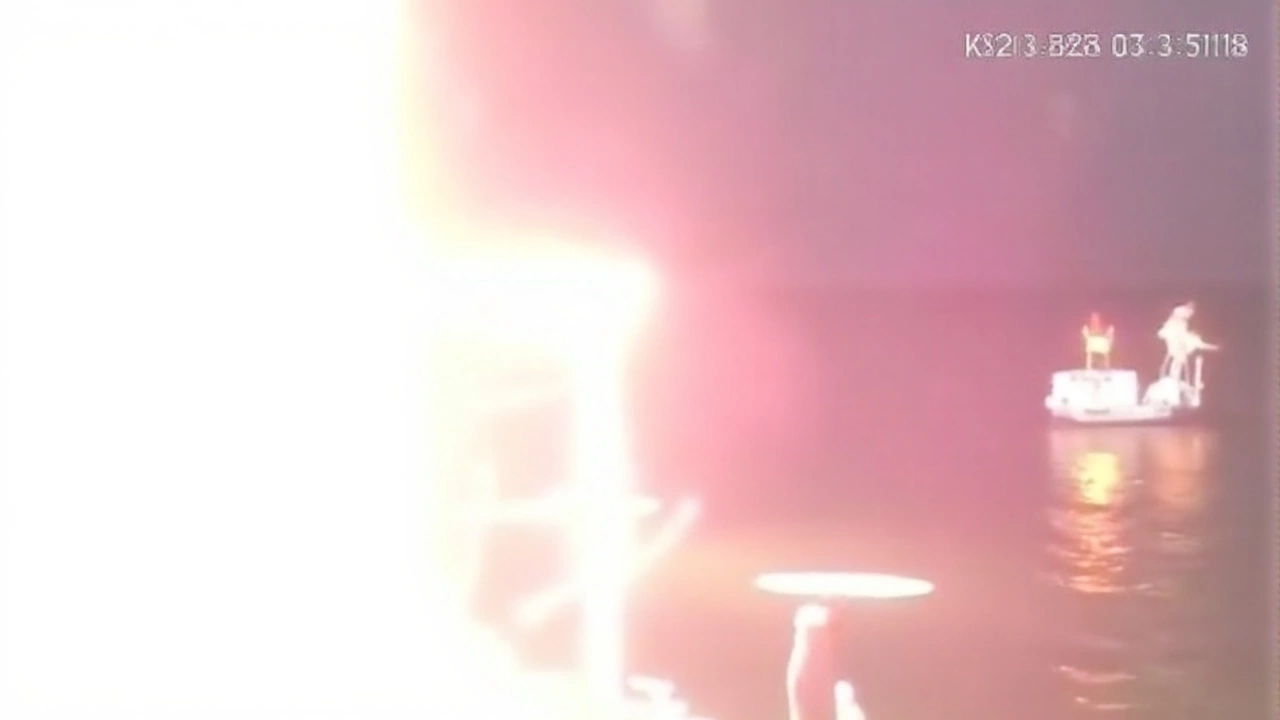Gaza Aid Flotilla: What It Is and Why It Matters
Did you ever wonder how a convoy of ships can turn into a worldwide news story? The Gaza aid flotilla is exactly that – a group of vessels sailing together to bring food, medicine, and other supplies to the people of Gaza when land routes are blocked. The basic idea is simple: load a ship with humanitarian goods, sail toward Gaza’s coast, and let the aid reach the people who need it most.
Why the Flotilla Was Created
The Gaza Strip has been under a land, air, and sea blockade for years. That means trucks and planes can’t always bring in essential items. Humanitarian groups looked for another way, and the sea seemed like a natural shortcut. By organizing a flotilla, activists hoped to bypass the blockade and deliver aid directly.
Early attempts were small, often consisting of a single fishing boat or a modest cargo ship. Over time, the idea grew into a coordinated effort involving dozens of vessels from different countries. The goal stayed the same: to highlight the humanitarian crisis and pressure authorities to ease restrictions.
Key Moments and Global Reaction
The most talked‑about incident happened in 2010 when a Turkish ship called the Mavi Marmara tried to reach Gaza. Israeli forces intercepted the boat in international waters, leading to a clash that left several activists dead. The event sparked outrage, protests, and a flood of headlines. It also forced governments to take a closer look at the legal and moral questions around blockades and humanitarian aid.
Since then, more flotillas have set sail, some under heavy guard, others with diplomatic escort ships. Each mission brings a mix of reactions: supporters praise the bravery and call for an end to the blockade, while critics argue that the flotillas can be used for political messaging rather than pure aid.
One practical outcome is that several countries have opened limited sea corridors for approved cargo, showing that even a single high‑profile mission can shift policy. The international community continues to debate how to balance security concerns with the right to provide relief.
So, what can you take away from all this?
- The Gaza aid flotilla is a direct response to a severe blockade that limits basic supplies.
- Major incidents, especially the 2010 Mavi Marmara raid, have raised global awareness and sparked policy changes.
- Each voyage is a blend of humanitarian effort and political statement, which is why reactions are mixed.
If you’re curious about the latest developments, keep an eye on news from humanitarian NGOs and official statements from the involved governments. The story isn’t over, and every new sailing adds another chapter to a complex debate about rights, security, and compassion.
